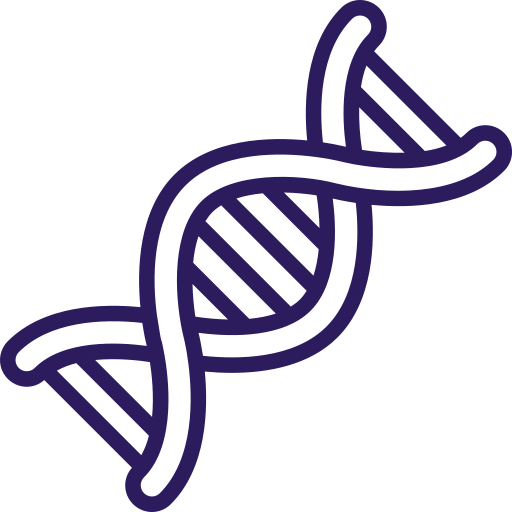
Deployment
We facilitate the setup of Open Targets on your infrastructure, so your proprietary biomedical data stays secure and under your control. Alternatively, we can host an instance for you in a cloud-based environment of your choice. Our deployments include advanced authorization and user access control, giving you full control over who can view and use sensitive data.
















